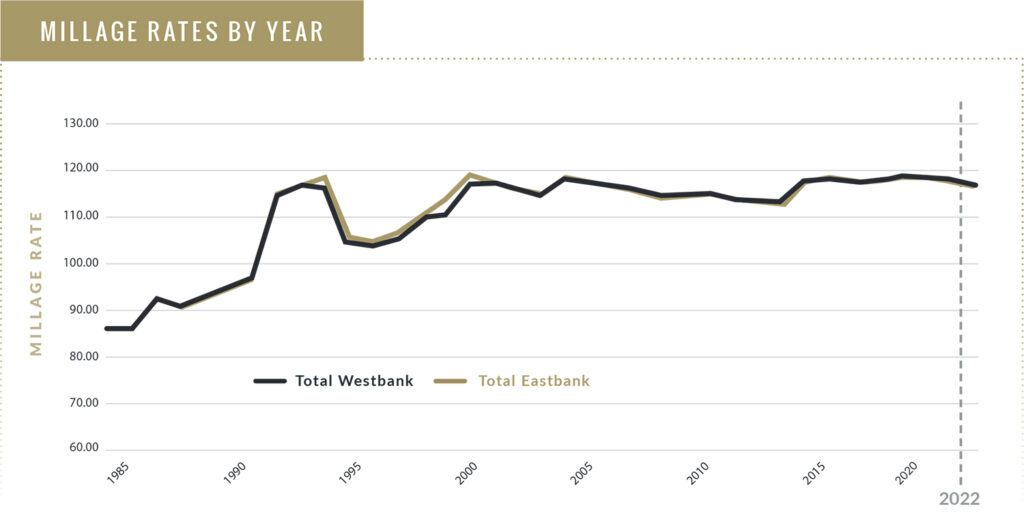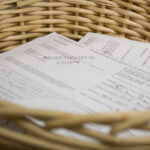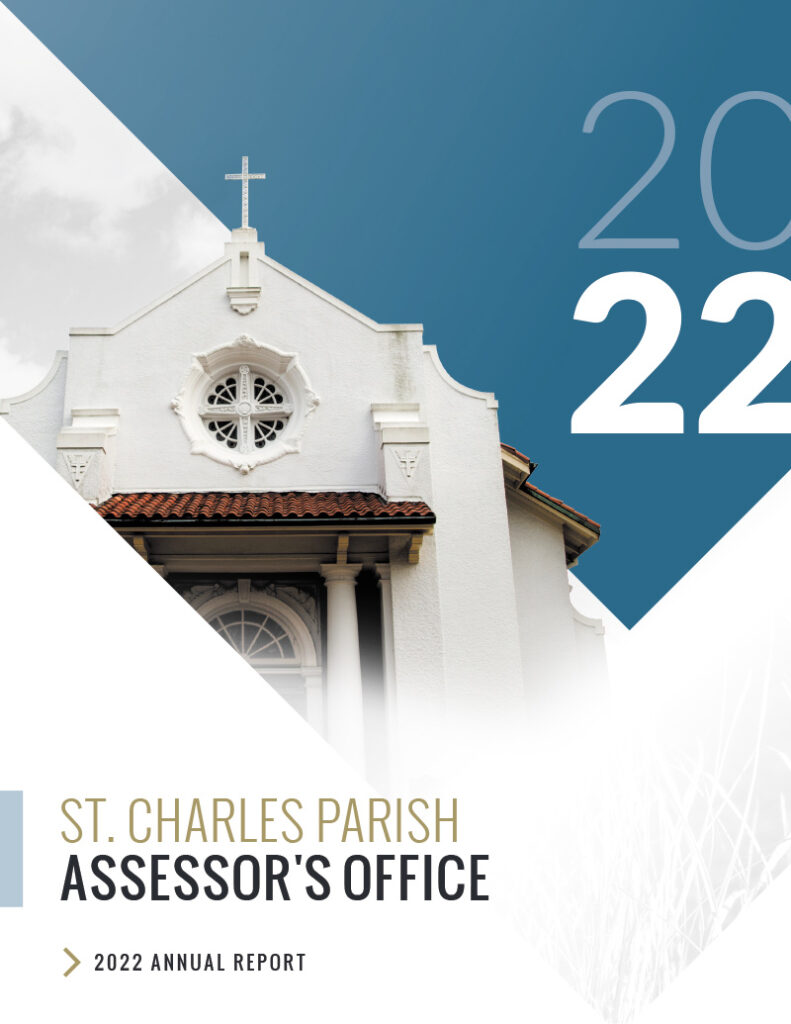About Property Assessments
Assessed property includes real estate, business movable property (personal property), and oil and gas property and equipment.
The assessor is responsible to the citizens of St. Charles Parish to ensure all property is assessed in a fair and equitable manner and that assessments are calculated according to the Constitution of the State of Louisiana and Revised Statutes approved by the legislature. The assessor also files the annual tax roll with the Louisiana Tax Commission and maintains the legal description and ownership inventory of each property parcel.
The St. Charles Parish Sheriff’s Office is responsible for sending tax bills and collecting taxes based on the assessments and millage rates. Parish tax bills are sent out in the latter part of each year and are due by Dec. 31.
The different governing bodies within the parish set millage rates for the parish. These governing bodies include the St. Charles Parish School Board, St. Charles Parish Council, St. Charles Parish Sheriff, and others.
How Property Assessments Relate to Your Tax Bill
The St. Charles Parish Assessor’s Office must appraise and assess value on approximately 50,000 parcels of property. The Louisiana Constitution requires the assessor to list and place a value on all property that is subject to ad valorem taxes. (Ad valorem means “according to value.”)
The value the assessor determines is called “assessed value” and is a percentage of Fair Market Value, or use value, as prescribed by law. The assessed value is calculated as a percentage of the market value.
The Assessment Equation
- Land: 10% of Fair Market Value
- Residential Improvements: 10% of Fair Market Value
- Commercial (Includes Personal): 15% of Fair Market Value
- Commercial Land: 10% of Fair Market Value
Taxes are calculated by multiplying the assessed value by the tax rate set by various millages, bond rates, and fees voted on by registered voters in different districts established by the Legislature or Constitution. If the property is your home, you may deduct a maximum of $7,500 from the total assessed value before finding the taxable assessed value.
For example, if your home is valued at $100,000 and assessed at 10%, or $10,000, and you are eligible and have signed for homestead exemption, you would calculate your taxes as follows:
- Assessed Value = 10,000
- Homestead Exemption: subtract 7,500
- Taxable Assessed Value = 2,500
- Assumed Tax Rate multiplied by .11659
- This rate is an example based on the 2022 millage rate on the East Bank
- Totals = $291.48
The Assessor’s Glossary
AD VALOREM: Latin term meaning “proportionate to the estimated value of the goods or transaction concerned.”
FAIR MARKET VALUE: The price most people would pay for a property in its present condition.
TAXING BODIES: Local government agencies and districts, including parish government, schools, law enforcement, etc.
IMPROVEMENT: Any permanent structure on real property, or any work on the property which increases its value.
TAX ROLL: An official record of property subject to property tax within a given jurisdiction.
GENERAL ALIMONY: A constitutionally authorized tax for running parish government.
ARPENT: An old French unit of land measurement, equivalent to roughly 192 English linear feet, or 0.84 acres in Louisiana. A typical description would be: “A tract of land measuring one arpent front on the right descending bank (West Bank) of the Mississippi River by a depth of 10 arpents.” This tract would measure roughly 192 feet along the river, and extend to the rear 1,920 feet.
Millage Rates by Year Chart










